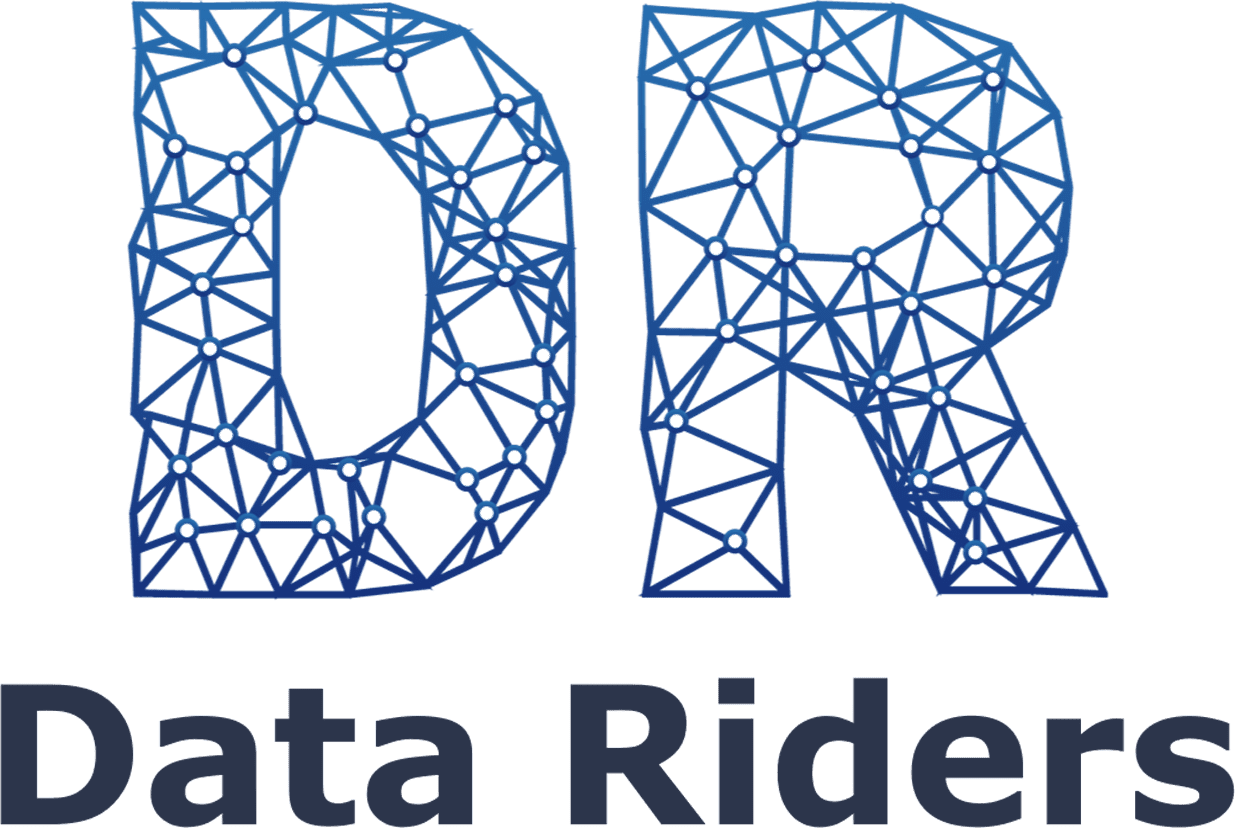Sustainable mining and the challenge of tailings management
The mining sector, essential to the global economy, is continually facing the challenge of safely and responsibly managing the tailings generated in operations. To strengthen safety and sustainability standards, the industry has adopted more stringent approaches. One of the main advances in this regard is the Tailings Management Protocol, part of the Mining Association of Canada’s (MAC) Towards Sustainable Mining (TSM) initiative.
A framework for continuous improvement
The Protocol provides a clear and detailed framework for reducing the environmental and safety risks associated with tailings management, covering both active and inactive facilities. It promotes the integration of sustainable practices into the daily life of mining operations, evidencing the commitment to environmental preservation and dialogue with communities.
5 key performance indicators (KPIs)
Indicator 1: Policy and commitment to tailings management
The company must have a formal policy, approved by senior leadership, that establishes clear guidelines for tailings management. The implementation of this policy should be verified through internal and external audits, ensuring that it is understood and applied at all levels of the organization.
Indicator 2: Responsibility and accountability
Responsibility for tailings management should be assigned to a senior executive, such as a CEO or vice president. Accountability must be documented and responsibilities need to be delegated to qualified professionals, reinforcing governance and prioritizing the topic in the corporate culture.
Indicator 3: Emergency preparedness and management system
The company must implement a specific management system for tailings, combined with a robust emergency preparedness and response plan. These systems must follow the latest standards and be tested regularly to ensure their effectiveness.
Indicator 4: Operation, Maintenance and Monitoring Manual (OMS)
Each tailings facility must have a detailed and updated manual, adapted to its characteristics and in accordance with the best practices in the sector. This document is essential to ensure the standardization, safety, and effectiveness of operations.
Indicator 5: Annual review of tailings management
Management practices must be reviewed annually, in a structured and documented manner, with a report presented to a responsible executive. The objective is to ensure continuous adaptation in the face of new challenges and technological advances.
All indicators are evaluated at five levels of performance (C, B, A, AA, AAA), with specific criteria for each stage. This allows for a clear assessment of the company’s current stage and opportunities for improvement.
Towards more responsible mining
For industry leaders and experts, the Tailings Management Protocol is a strategic tool that strengthens the culture of accountability, transparency, and continuous improvement. Incorporating these principles into operations is key to ensuring that mining moves towards a more sustainable and socially responsible model.







